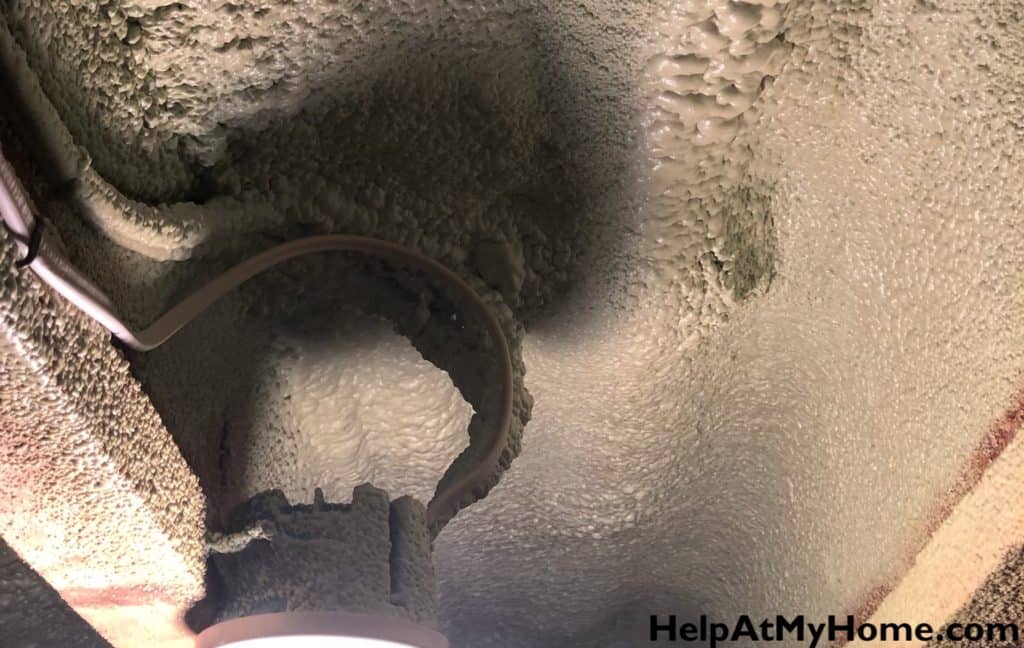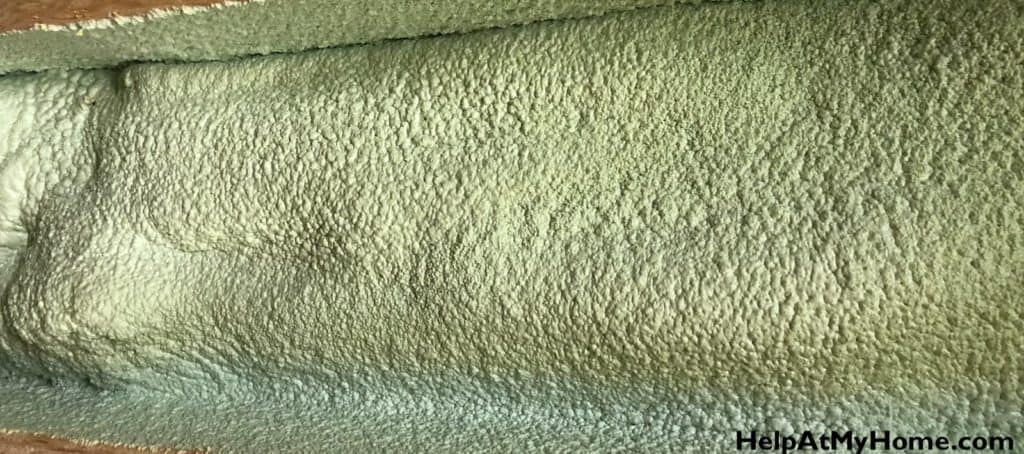If you’ve ever seen standard fiberglass insulation and then seen spray foam insulation, you’ll know there is almost no comparison between the two. One is old and, let’s face it, not great while the other (obviously spray foam) is newer and better.
But spray foam insulation comes with a price — it’s more effective, but it’s more expensive.
Types of Spray Foam Insulation
Spray foam comes in hundreds of different types if you count the brands and their varieties, but the major distinction in foam is “open cell” and “closed cell.”
Open cell spray foam, also known as low-density SPF, has a lower R-value and less air sealing capabilities. This is sometimes called “0.5 pound” foam, with the foam averaging 0.5 pounds per cubic foot after being applied.
Closed cell spray foam, or medium-density SPF, has a higher R-value, so it doesn’t need to be applied as thickly to get the same insulation quality as the open cell kind. This style is sometimes called “2 pound” foam.
Open and closed cell are good at different things and are applied differently. We’ll dig into this more deeply in future articles. Long story short, open cell is cheaper and it’s better at sound dampening, while closed cell provided better insulation, blocks water, and add structural strength, but it’s more expensive to install.

What’s Better About Spray Foam Insulation
As you might have heard, spray foam has a number of advantages over old-school batt or roll insulation.
First of all, spray foam seals a house tight as a drum, reducing outside noise, making air leaks basically impossible, and adding structural rigidity to the home. This stuff is solid and it’s building up the structure of the house thanks to it’s high “racking strength.” The air sealing capabilities of spray foam are particularly impressive and really change the insulation game.
Closed cell spray foam is also considered to be a flood-resistant material. In fact, it’s the only insulation the that FEMA rates as “acceptable” for flood-prone areas.
R-Value Improvements
Spray foam also has a really good R value. This is the rating of the thermal resistance of your insulation — the higher the R value, the more heat stays inside and the more cold stays out (at least in the winter).
Both air sealing and R-values will vary based on the insulation type, brand, and installation job, but typically you’d see a 6-inch fiberglass insulation have an R-value of 19 and it will cost 27-34 cents per square foot, according to Energy.gov.
High-end closed-cell spray foam will have an R-value of about 5 to 7 per inch, so you will see a 3-inch spray foam job at up to an R-value of 21 and a 5-inch spray foam pass at up to 35.
Open-cell spray foam isn’t as efficient at thermal resistance, with an R-value of about 3.7 per inch. It’s generally good enough, but doesn’t come with all the advantages of the closed-cell stuff.

The Cost Of Spray Foam
The cost of spray foam is rather hard to assess because you probably aren’t a professional spray foam installer. That said typical pricing is as follows:
- Open Cell: $0.35 and $0.65 per board foot
- Closed Cell: $1.00 to $1.50 per board foot
- R30 6-inch Fiberglass Insulation Roll: $0.30 per square foot
And to be clear, a board foot is a square foot that is 1-inch thick. So how does that math work out? Here is a scenario for you.
So you live in Illinois and you are in zone 5 for R-value, as per the IECC. This means you’ll want to have R30-R60 in your attic (assuming no prior insulation). If you opt for R30, you can get:
- Unfaced fiberglass insulation: About $1 per square foot.
- Open cell spray foam: $2.65 per square foot
- Closed cell spray foam: $4.00 per square foot
This might seem high, but prices of $2-$5 per square foot of spray foam are not unheard of, depending on your area and your insulation needs. This is factoring in both the cost of the materials and labor!
How do arrive at this pricing? If you contract with your spray foam installer for R30 you should have a foam and R-value per inch specified. This means you know how thick the foam needs to be applied. If the installer charges $1.00 per board foot, and you need 5 inches of foam, then you will end up paying $5.00 per square foot.
So yes, spray foam can get very expensive, but of course it comes with serious energy savings, structural support, and leak protection, so for many people it can be a worthwhile investment.

